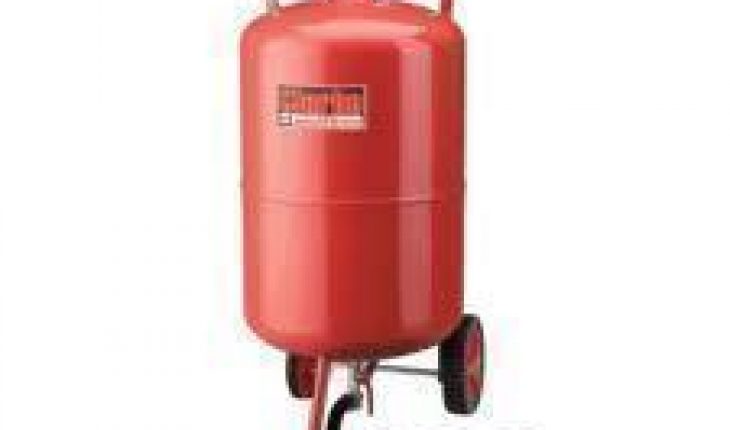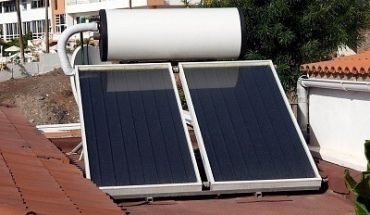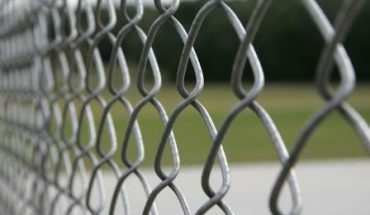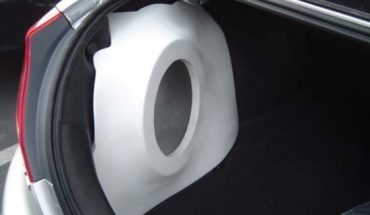An abrasive blaster is a device that sprays an abrasive chemical or material against an object to make it rougher, smoother, remove contaminants, or cut the object into a specific shape. Abrasive blasting is fairly common and can be used for both industrial and commercial purposes. While abrasive blasters typically use air or some other propellant to force the abrasive out of the machine at a high pressure, some abrasive blasters depend entirely on mechanical and centrifugal forces and do not use propellants at all.
How does an Abrasive Blaster Work?
There are many different types of abrasive blasters, but all versions are based on the same general idea of using a propellant or mechanical device to direct a pressurized abrasive at an object. Types of abrasive blasters include bead, wheel, hydro, micro-abrasive, automated, and dry ice. In bead blasting, extremely small glass beads are directed at an object using air and/or CO2. Wheel blasting refers to any type of abrasive blasting that involves a mechanical wheel and depends on centrifugal forces. Hydroblasting is simply pressure washing. That is, a motor directs a jet of pressurized water at an object. Micro-abrasive blasting is when an extremely narrow stream of water or air is used for highly accurate abrasion. Automated abrasive blasters are completely automatic and contain all of the equipment necessary to prepare a surface, apply an abrasive, and retouch the surface with a lubricant or some other finishing solution. Dry ice blasting uses air and dry ice to clean contaminants from a surface.
Applications
Abrasive blasters can be used for a variety of applications. For example, abrasive blasters can be used to remove contaminants such as mold, mildew, and grime from underground pool tiles and walls. These contaminants are usually very difficult to get rid of if other means are used and can be cleaned much faster with an abrasive blaster. Abrasive blasters can also be used to remove graffiti from brick walls and paint from vehicles.
Advantages
Abrasive blasting has several important advantages when compared to other forms of abrasion. Abrasive blasting is much faster than other abrasive methods due to the high pressure involved and the general lack of required labor. Abrasive blasting is also more efficient at removing contaminants from surfaces as it is able to break apart even the most secure types of filth upon impact. Also, while some costs are involved regardless of the type of system, abrasive blasters are generally very cost effective.
Disadvantages
Despite its advantages, abrasive blasting does have several disadvantages. For example, all abrasive blasters require some form of propellant or mechanical force to deliver the abrasive at a high pressure. Additionally, all abrasive blasters leave some type of residue at the abrasion site, whether it be shards of glass or simply water. Abrasive blasters are also generally large and heavy, although this is not true for all models or versions.





